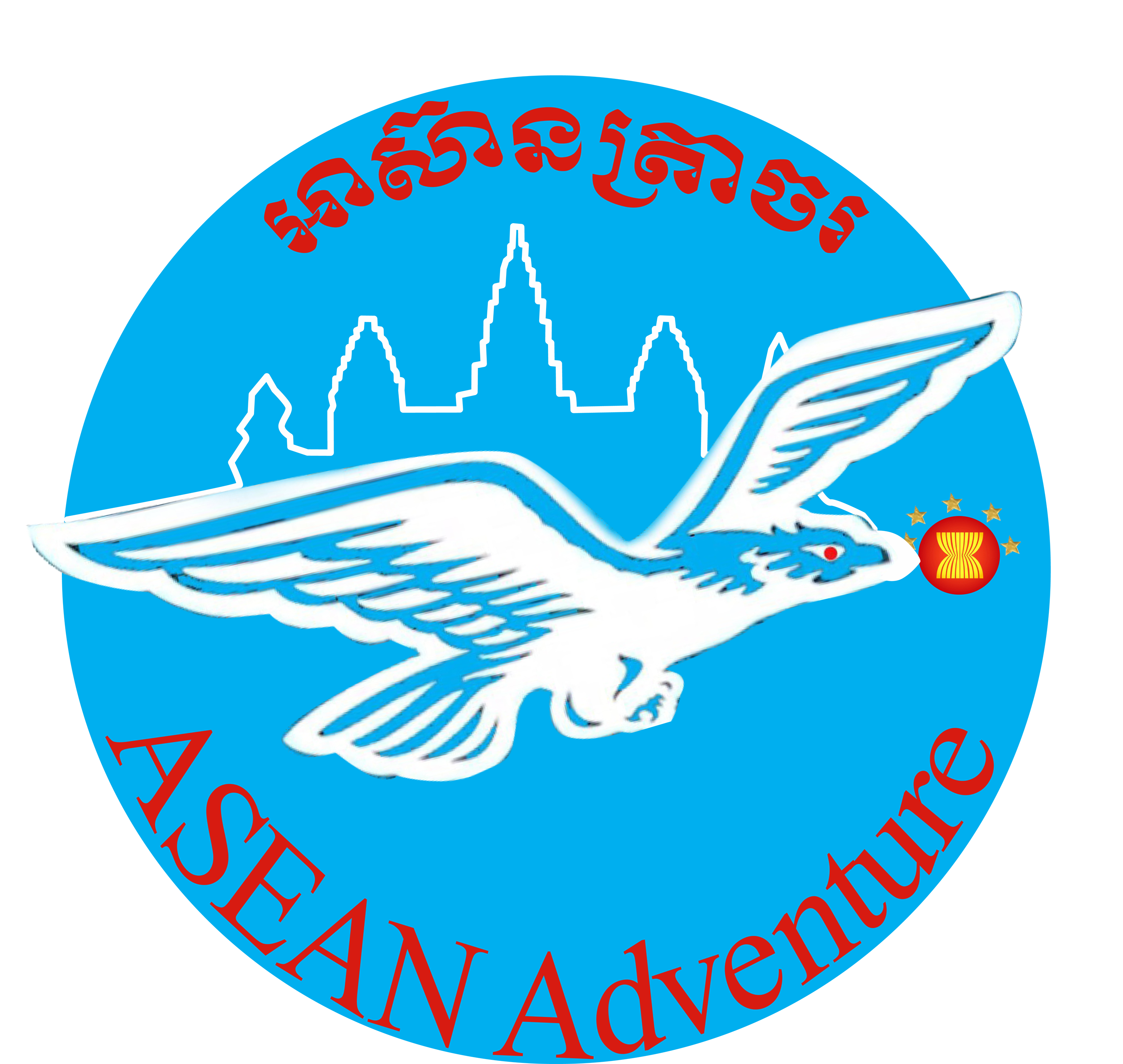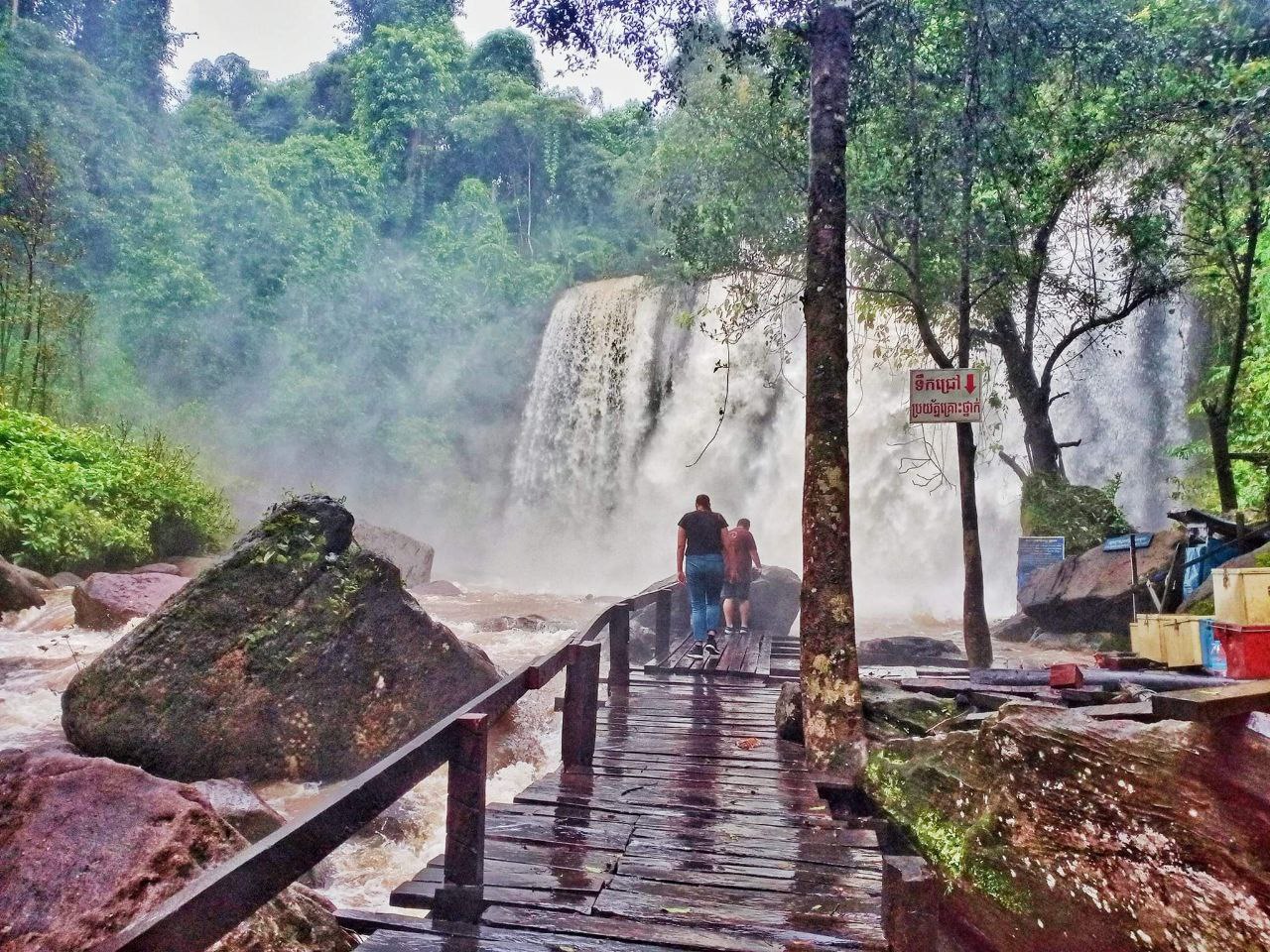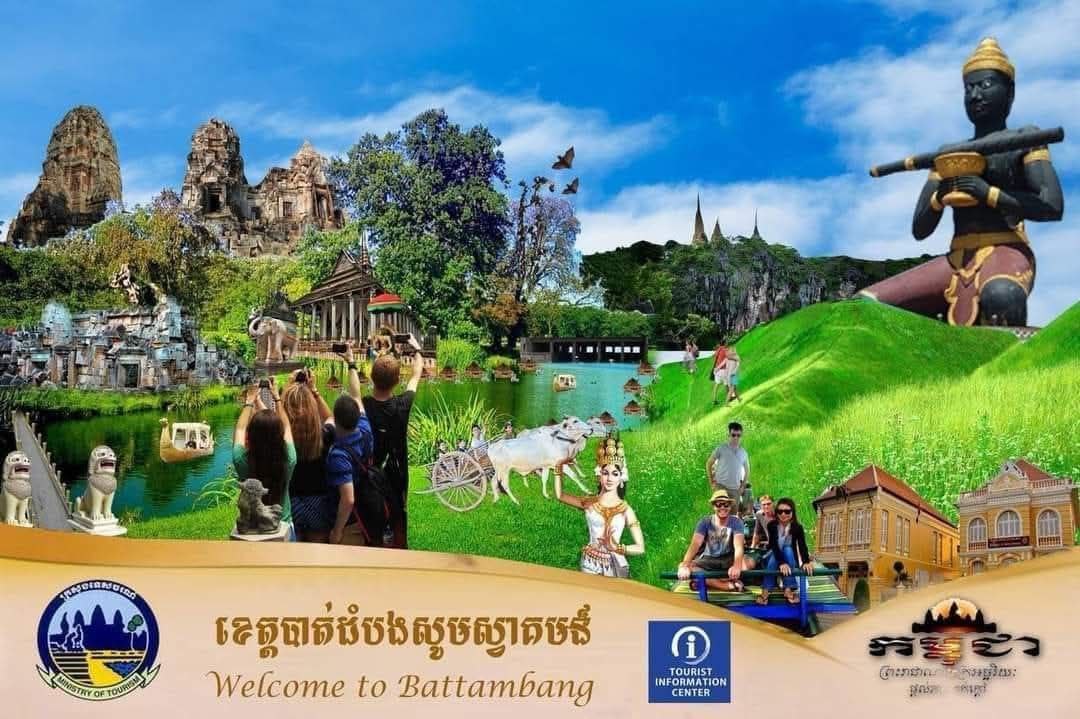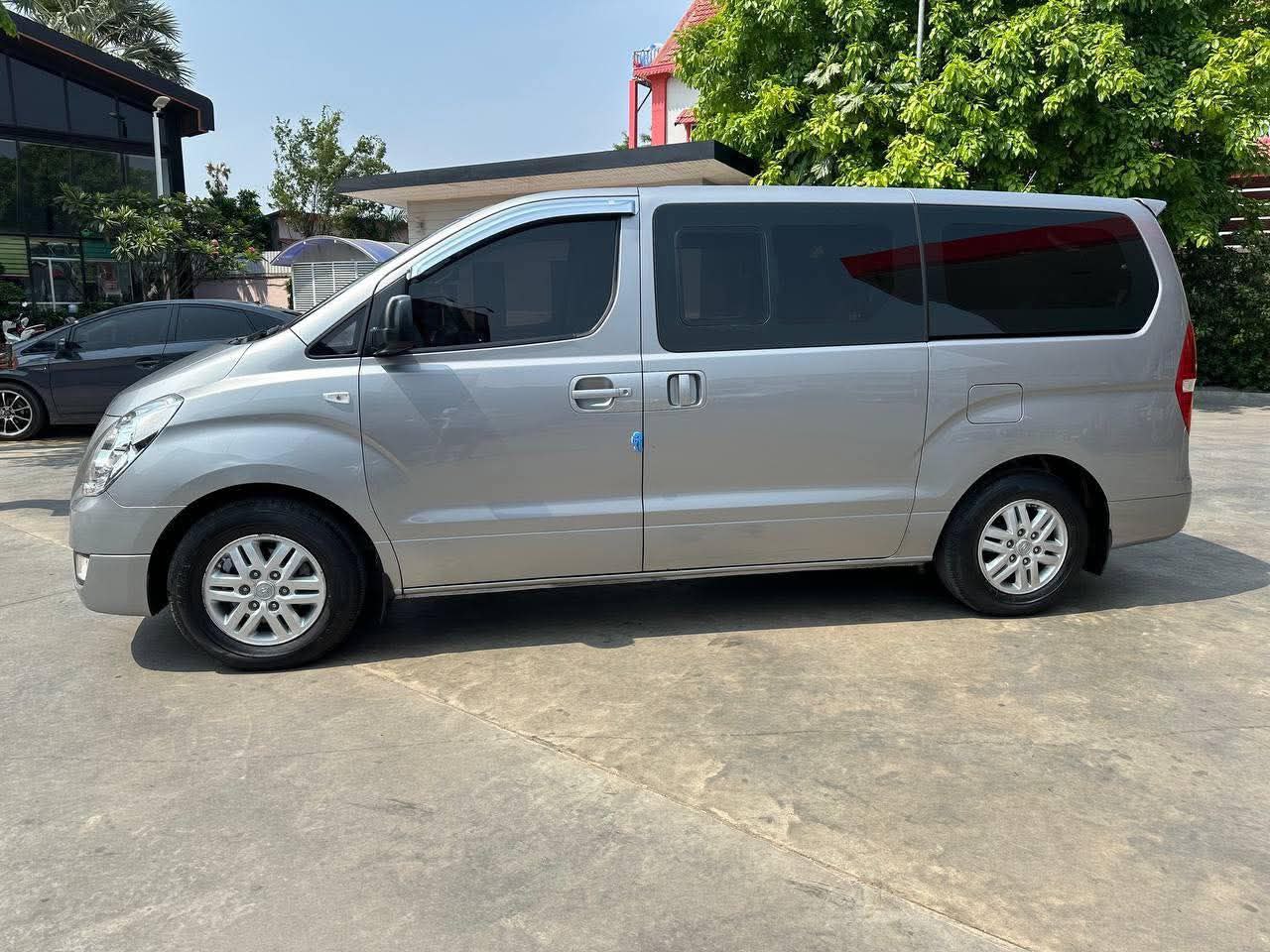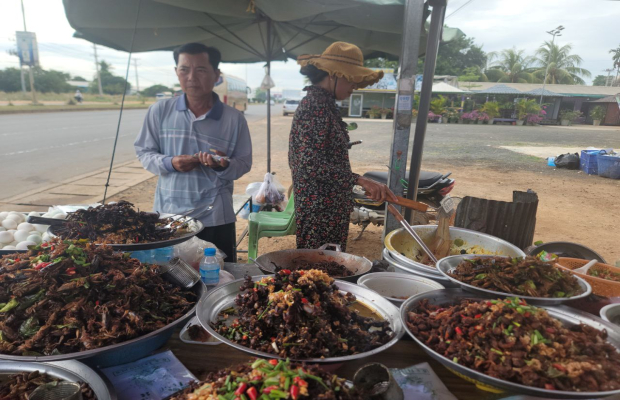About Us
About Asean Adventure
An ancient Khmer, Phnom Kulen was called Mahendraparvata, “Mountain of Indra, the King of the Gods”. It was a thriving city around the size of modern Phnom Penh and the birthplace of the Khmer empire, where King Jayavarman II proclaimed Cambodia’s independence from Java in AD 802. Following this, the capital moved to Roluos (formerly called Hariharalaya).
Though known of by locals, the Kulen’s ancient city was formally rediscovered by explorers in 2012. Starting with a ground expedition and later employing LIDAR technology, Jean-Baptiste Chevance and Damian Evans uncovered Mahendraparvata and several historically important temples, like Prasat O’Paong, which is shaped like a pyramid, with three levels and five towers, similar to those of Angkor Wat
Phnom Kulen is within the Kulen National Park, which requires a separate ticket. It’s $20 per person if bought at the gate at the entrance to the mountain. Cambodians can enter the park for free.
Embark on a 2 day’s travel in Phhnom Penh, Cambodia, where history and modern life intertwine. Begin in the vibrant city of Phnom Penh and take a reflective visit to the poignant Killing Fields of Choeung Ek. Experience the essence of traditional Cambodian culture with a pottery workshop in Kampong Chhnang. In Battambang, immerse yourself in rural village life and connect with the welcoming locals. Finally, delve into the mysteries of the world-renowned Angkor Wat, guided by an expert local and an archaeological specialist at this UNESCO World Heritage site. (Reverse options by starting in Siem Reap are also available)
Get a feel for everyday life in Cambodia on a group shore excursion from Sihanoukville port. Make your way to the fishing port of Tumnuk Rolok to watch the fishermen going about their daily activities. Gaze in wonder at the Kbal Chhay Waterfall, and experience the hustle and bustle of Phsar Leu Central Market. Marvel at the variety of fruits, seafood, clothes, jewelry, Khmer food, and other local goods on sale. Continue to the hilltop pagoda temple of Wat Leu, and get panoramic views across the town. Take a closer look at the architectural features and Buddha statues before going to Wat Krom to see a unique example of Khmer architecture. Venture into the heart of rural life and visit small villages with traditional houses. Learn how the locals make their living from fishing and farming. Then, visit the Independence Monument and neighboring shrine. Go for a walk on the sandy beaches and feel the tropical breeze at Otres Beach or Sokha Beach.
Product tours are a sequence of user experience patterns designed to guide users through an onboarding process that helps them become familiar with the interface and the product itself. Tourism product are a combination of goods and services demanded by a tourist during travel to and stay at a destination. These include natural, cultural and manmade attractions and facilities such as drivers, transport and ancillary services.
Street food tour at 60 Road is a very popular place for Cambodians and other Asians to meet for dinner with friends. Sometimes you will see Crickets, Frogs, Scorpions, Tarantula, Silk Works and Grasshoppers which are part of our diet and very delicious. You will see vendors cooking the local foods and if you would like to try something, please ask your guide and they will ask the cook for a sample for you to try. Departure time from your hotel will be 17:30 and you will spend an hour or more wandering 60 Road. Our guide will show you around before you start your dinner – you choose what you would like to eat from a variety of local dishes. The food should only cost you a few dollars, depending on your appetite and what you choose to eat. You can either sit on mats on the ground or on chairs. This street market sets up every night, and is a lot of fun. Don’t miss this unique opportunity to taste local foods. After food tasting if you’d like to visit Pub Street just let our guide and driver know and then we can drop you off around Pub Street with your own excursions with our local people.
Devote an entire day to exploring the incredible temples at Angkor Wat and Angkor Thom under the leadership of a local, English-speaking guide. Discover the UNESCO-listed ruins at Angkor Wat and the ancient capital city of Angkor Thom—established by the prosperous Khmer Empire in the 12th century.
A tour description is the content that explains what your tour is and what guests should expect from the experience. The purpose of a tour description is to give your potential customers the details, itinerary, pricing, and unique highlights of your tour so that they’re convinced to book.
Welcome to Siem Reap, the gateway to the majestic Angkor Wat! Ensure a hassle-free start or end to your journey with our reliable airport transfer service between Siem Reap City and Siem Reap Angkor International Airport (SAI).
Start your journey morning at 7.30 am depart your hotel for the journey through the countryside to the world’s second largest freshwater Tonle Sap Lake.
The Tonle Sap one of the world’s most productive bodies of fresh water. In the wet season, the Tonle Sap Lake swells to 12,000 km². During the dry half of the year, the lake shrinks to as small as 2,500 km², draining into the Tonle Sap River. Each year, millions of fish come to spawn in the seasonally flooded forest surrounding the lake, attracting a myriad of water birds as well as people, who have settled in villages along the shores and who live with the rhythm of the water. This ecosystem was classified as a Biosphere Reserve by UNESCO in 1997.
Depart at 2:40PM by riding Motor Bike with our professional English speaking tour guide at Angkor Wat temple. It takes about 20 minutes to ride from the city center to the temple and we may spend about 1-hour and 30 minutes to explore the whole entire building of Angkor Wat temple, and then start riding the motor or e-bike to the Preah Dak village for our breakfast where you can enjoy of taste authentic Cambodian breakfast like Khmer rice noodle with fish green curry soup and traditional desserts like palm cake and steam rice dumplings with palm sugar. Before seeing our next temples, explore the interesting local market in Siem Reap and walk in between food stalls to look for the best Cambodian specialties, where you can try Cambodian dishes such as sticky rice, cakes, fruits, egg noodles, or even fried spiders and scorpion. After that, we continue to visit the jungle temple of Ta Prohm and Ta Nei which has been left in its original state and is partly overgrown with trees and huge roots, and then go to visit Bayon temple and the Victory gate of Angkor Thom, which has become a world-famous landmark and was built by King Jayavarman VII, who was also a Mahayana Buddhist. Bayon is also the only monastery that has survived to this day and was used as a place for worship, education, and administration. Then transfer you back to Siem Reap city from Angkor Park.
